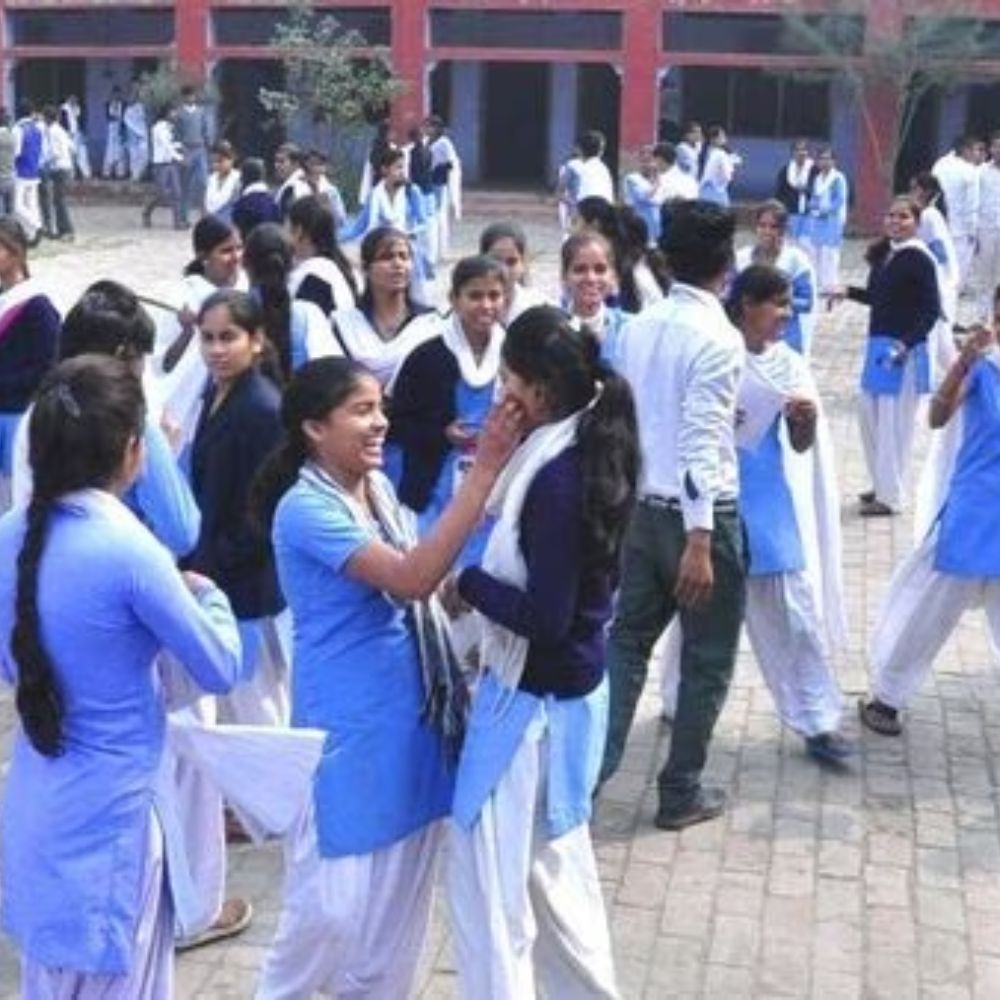The education system prevalent in India has experienced several changes in the last 10 years. The legacy of Indian education has been inscribed into the pages of history but still is addressed today with a set of challenges and drawbacks.
Recent reports indicate that there are outdated curricula/syllabi/educational programs, which results in unequal accessibility of education that is coupled with strained funding. . But India has a way of coming back with a dominant recovery and the last few years are a glaring testament to that which includes support from reputed universities and colleges in our country.
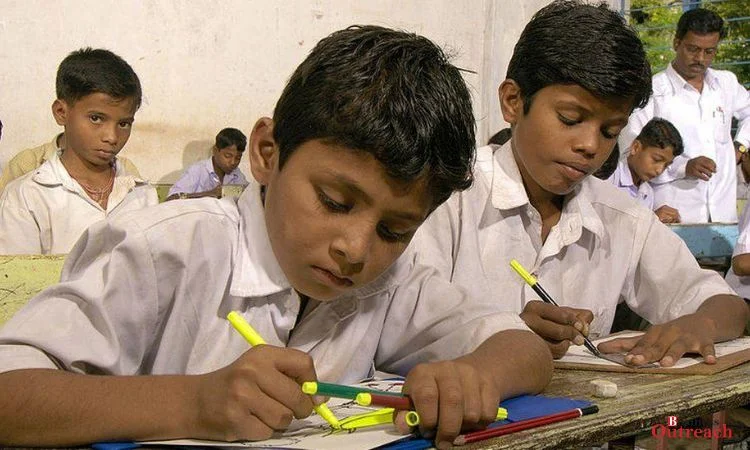
Business Outreach Magazine has always stood by the side of equality and equity and this is where the education system in India needs to work a bit. Access to education is not equally divided and this is a matter of national concern. India is experiencing enormous economic growth in all domains.
However, the country still struggles to provide quality education to rural communities in India. The economic prosperity of India should concentrate on the diverse demography to create an able and skilled workforce from every stratum of society. The literacy rates in these areas are significantly low and the dropout figures from educational institutions are on the higher side, almost all the time.
Indian Education System and How Do We Look At That

When the inequality of education can be further rectified with sustainable efforts from the concerned authorities, India needs to work on updating the quality of education. The rather archaic structure surges the motivation of the learner, who is now in the digital age and expects interactive and aspirational learning of knowledge.
The curriculum in several schools and colleges in India is not aligned with the current developments in the sphere of science and innovation. Such an approach is limiting the capabilities of the students to learn new skills for careers and their respective job industries.
We should also understand the lack of funding in the education sector which is resulting in not providing the expected quality of education to the students for the young minds of the country’s future.
Due to less funding, the resources could not be attained leading to a shortcoming for the learner’s future. The funding towards education looks into basic amenities along with research and development in the updated current education system and providing the latest training to the teachers and educators.
But times are changing and the universities and colleges of India are bolstering their resources and updating the educational programs and modules. The modern age demands a technology-centric approach toward education and the Government of India is making every effort to elevate the current education system in the nation. Apart from these actions, policies like the Right to Education ensure equal access to education for all individuals irrespective of background or income status.
Education empowers an individual with a sense of fulfillment which curates prominent advancements in career and personality development. It helps individuals/learners/aspirants advance themselves in skills and techniques and gathers a personal grip and knowledge on society and the world. Higher-income with motivated employment opportunities is welcomed with devotion towards education.
Things To Do For Creating A Quality Education
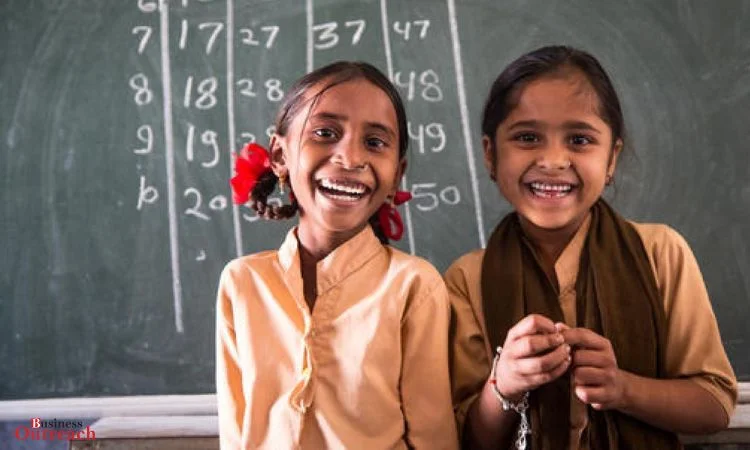
There has to be an understanding that education plays a pivotal role in shaping the sustainable economy of a country. It gives an individual the ability to critically thinking, research capabilities, and strengthen decision-making strategies. Investing in the field of education will increase the efficiency and productivity of the workforce. The EDGE (Emerging Directions in Global Education) report showed that in India, about 26,478 educational institutions imparted higher education to students when compared to about 6,706 in the US and about 4,000 in China.
Indian Education formulates the necessity of education for all and looks forward to educational excellence from the students of the country. However, the Indian Education system is lagging in making the students employable, ready, and fit for the industry. The concerns are crucial when it comes to the factor behind the teacher-to-student ratio.
Don’t Miss: The List of Top Automobiles In India For Good Employment
Surveys are indicating that about 11.16 lakh teaching positions are vacant and the system is providing an increased workload for non-teaching processes. This is creating an overwhelming situation for the teachers to maintain a balance in work. Reports indicate that teachers devote only 19% of their time to teaching and the remaining to several administrative tasks.
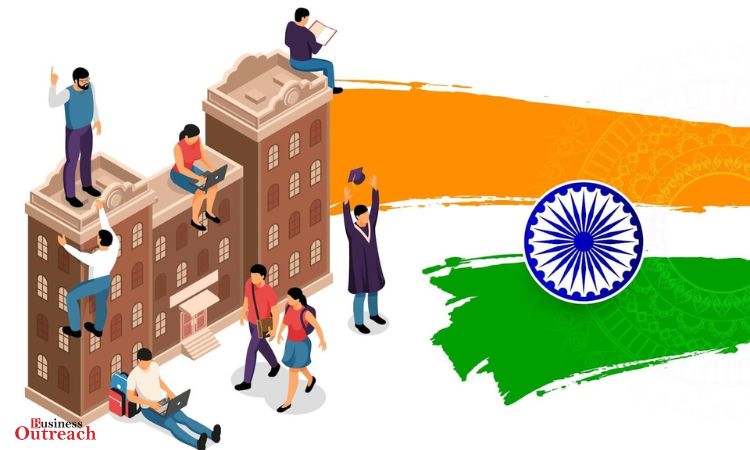
When it comes to the government sector, job stability and security often dampen the teacher’s enthusiasm to provide consistent learning to the students. The National Education Policy indicated since 1968 that India should spend about 6% of its Gross Domestic Product (GDP) on education. However, the economic survey taking place in 2019-2020 suggested that only 3.1% of GDP is imparted towards education in India. Bureaucracy also limits the authorities to channel adequate funds to educational institutions to improve infrastructure and resources.
Facilities like libraries, labs, and several systems require government funding and this is not met with the standard requirement of improving education in India. Since the lack of proper operational structure is fighting for upliftment, private education in India is becoming expensive by the day. Triggered by inflation, the rate increased significantly from 2005 to 2011.
What Do We Understand From Our System
In India, an MBA from a reputed private institution costs lakhs for a single semester. And the common family can’t afford such a ludicrous amount to gain a quality education.
In 2010, a survey stated that about 95.2% of schools are still not included in the indicators of the RTE Infrastructure. There is a lack of proper hygienic toilets, consumable water facilities, playgrounds, and many more. The Education Report in 2016 indicated that about 3.5% of schools have no toilet facilities and just about 68.7% of schools have usable toilet systems.
All of these trajectories are leading to severely high dropout rates in secondary and high-secondary education. When the existence of poor facilities, patriarchy, child marriages, and many more are not demolished, the motivation to rise above poverty is hard to attain for these students.
Earlier education relied more on the theoretical aspect and less on the practical approach to any learning. However, the advent of the internet has accelerated the passage of information and suggests that the experiential learning system should be the new way of education. The practical knowledge of the student should be focused on as it will equip the learner with industry experience and renovate the employability skills.
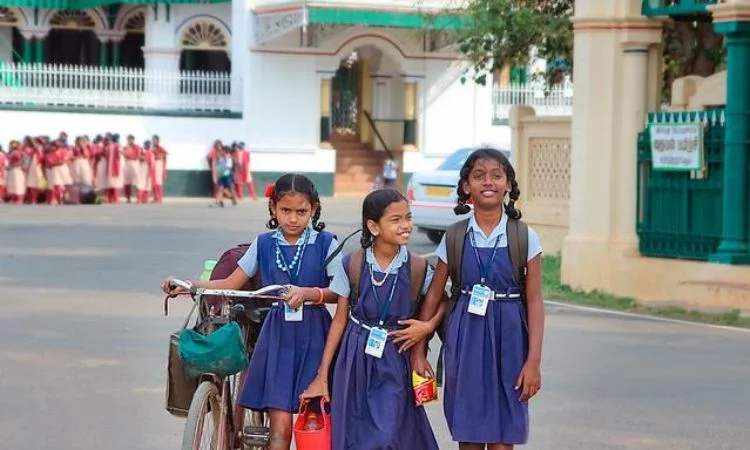
The National Education Policy in 2020 states that education should be skill-based and derive more inclination towards the effective rendering of the student’s ability to succeed in a career with practical skills. The limited opportunities along with the extreme competition are hindering the development of our country. Scholars have focused on being capable more than just focusing on marks. To tackle this issue, the Government of India has launched the National Skills Development Mission which aims to train about 400 million individuals in the next few years.
Over recent years, there have been prominent developments in the field of education. Technology and training are working together to focus more on the primary and secondary learning of a student. A student’s success is always based on the potential to be creative and not focus only on grades.
Curiosity is the mother of all inventions and students should be diving into their approach toward a project and assignment. Our country needs to understand that education is aimed at creating the aspiration to succeed in a desired purpose. The Government of India has been working towards shifting education from a patriarchal pattern to a modern innovative approach.
But the journey has just begun and it needs to go a long way. Indian Students from urban and rural areas should value the essence of education and understand the reason for gaining knowledge of the world. From the part of the authorities, education is and always will be one of the most important factors towards economic development in India.
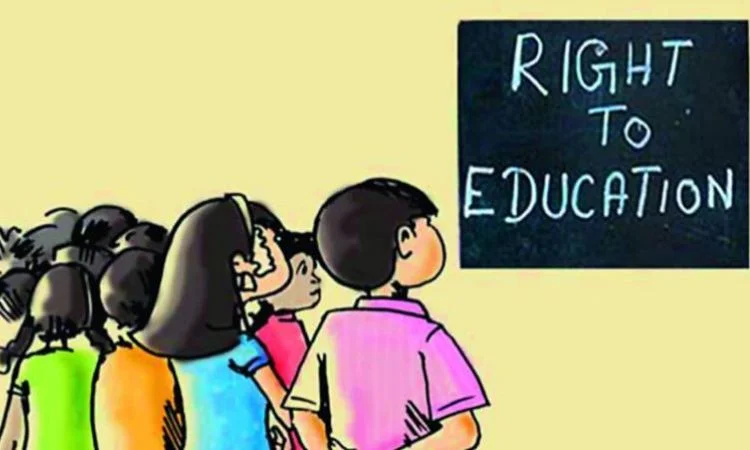
Any industry or entrepreneurship that helps a country with job creation and prosperous invention has a workforce that is well-versed in tackling critical circumstances and understanding the weightage of proper data. Education helps an individual to expertise in these aspects. It is the urgency of the hour to improve the education system in India which will take the country toward winning in the international backdrop.
Education is a life-long process and students should be motivated by the teachers and the concerned authorities to look into the side of academic fulfillment. With proper funding and consistent efforts from the Indian Government, India is surely destined to take education to the level of perfection and portray a country, which has given so many scholars and architects of innovation for decades.
We are living in an age where computers and technology go side by side with education and students should be accessible to such resources which will help them study better and faster.
There is practically every form of educational content available on the internet. This is the time of free resources and we should leverage this and encourage students and learners to set onto this path of knowing more and researching more about their career prospects.














